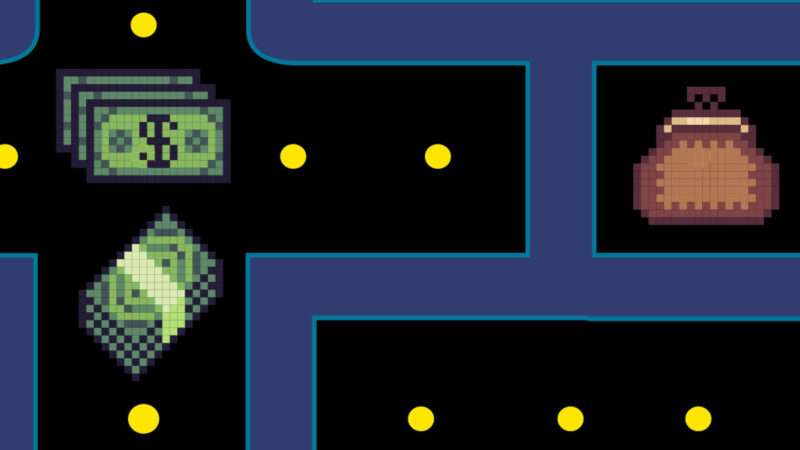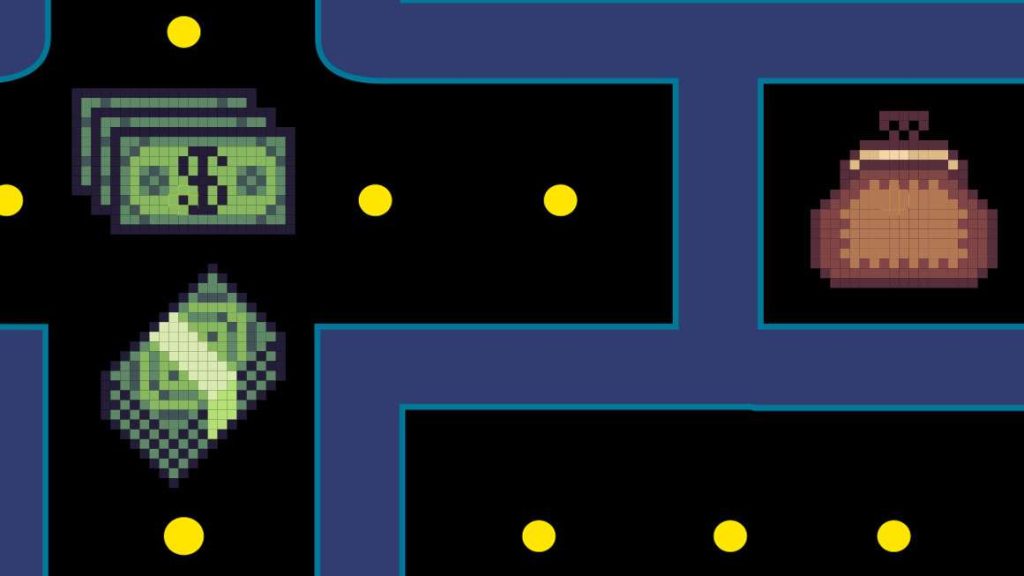
In a 1995 interview, I asked Milton Friedman whether “it would be preferable to abolish the Fed entirely and just have government stick to a monetary growth rule?”
Friedman answered: “Yes, it’s preferable. And there’s no chance at all of it happening.”
He didn’t live to see the abolition of the Fed; perhaps no one reading this will. Still, a couple of years after Friedman’s 2006 death, a semi–mass movement calling to “End the Fed!” arose in the aftermath of Rep. Ron Paul’s first Republican presidential run in 2008. The Texas congressman found during that campaign a surprising (even to him) number of youngsters blaming the central bank, founded in 1913, for government sins from inflation to war (which is easier to wage when it can be financed by cash from a central bank summoned more or less at will).
The Fed’s performance since Paul’s campaign has not blunted the urgency of the message. From 2008 to 2011, the central bank spit out as much new money as had entered the U.S. economy in the previous century, and it grew the value of the financial instruments it bought as an instrument of this money generation by $1.35 trillion in just part of 2008.
The subsequent decade of near-zero interest rates to frantically pump more cash into the economy encouraged debt to balloon across the nation and world, and eventually helped fuel the shocking inflationary burst of 2021–22. The Fed is now widely seen as a serial blower of market balloons, from tech stocks to housing to stocks to the Consumer Price Index. And it has been the linchpin of a macroeconomy in the past decade and a half that has mostly benefited the elite financiers who owned or traded assets.
Among the Federal Reserve’s damaging policies for the nonfinancial classes were paying interest on reserves and thus encouraging banks to quietly profit by not lending capital to Americans who might need it to build businesses or for any other personal goal; constantly propping up the financial sector, making it harder for other businesses to compete for capital; and zero-interest-rate policies that make it harder for normal working people or big institutions to do well by saving, compelling us to become speculative investors.
The Federal Reserve and academic economists on its side have created a fog of misdirection to make people think that this institution, barely more than a century old, is so essential to the functioning of the economy that it’s impossible to imagine America without it. But it’s not like the Fed quickly ushered in an era of monetary or economic stability. For one obvious example, the Great Depression happened 16 years into its troubled career. A 2010 working paper by the monetary economists George Selgin, Lawrence H. White, and William D. Lastrapes found that the evidence “does not support the view that the Federal Reserve System has lived up to its original promise. Early in its career, it presided over both the most severe inflation and the most severe (demand-induced) deflations in post–Civil War U.S. history….Recent work suggests that there has been no substantial overall improvement in the volatility of real output since the end of World War II compared to before World War I [nor can the Fed] be credited with having reduced the frequency of banking panics or with having wielded its last-resort lending powers responsibly.”
Although a central bank was by no means the only possible solution to the (largely regulation-caused) problems of the 19th century banking system, the Fed is too central a part of the mandarin-managerial system the Democratic Party embodies both ideologically and practically for it to be under any threat from them. On the Republican side, Donald Trump has given lip service to anti-Fed activist forces by praising bitcoin (though only lately—in 2021 heslammed bitcoin as a “scam” that he thought would harm the dollar, which is exactly what many ideological bitcoin maximalists expect and hope). But Trump’s biggest worry about the Fed when he was president was that it was reluctant to do even more of something Paulite anti-Fed forces hate it for: keeping interest rates unnaturally low to goose the economy for the president’s political benefit.
Major changes to American monetary policy and practice are unlikely to come via Washington. Those promoting the promise of a world of competing currencies in a free market to meet our needs for mediums of exchange and stores of value predict that we already have the perfect Fed-killer: bitcoin, or perhaps some rival cryptocurrency. The ease with which cryptocurrency innovations hasten transmission of value across the globe means free market action could well eventually topple the financial and monetary power of the Federal Reserve. This could lead to a country, and a world, with a better monetary system than the giant bureaucratic price-fixing machine of the Fed ever could provide.
The post Abolish the Fed appeared first on Reason.com.






